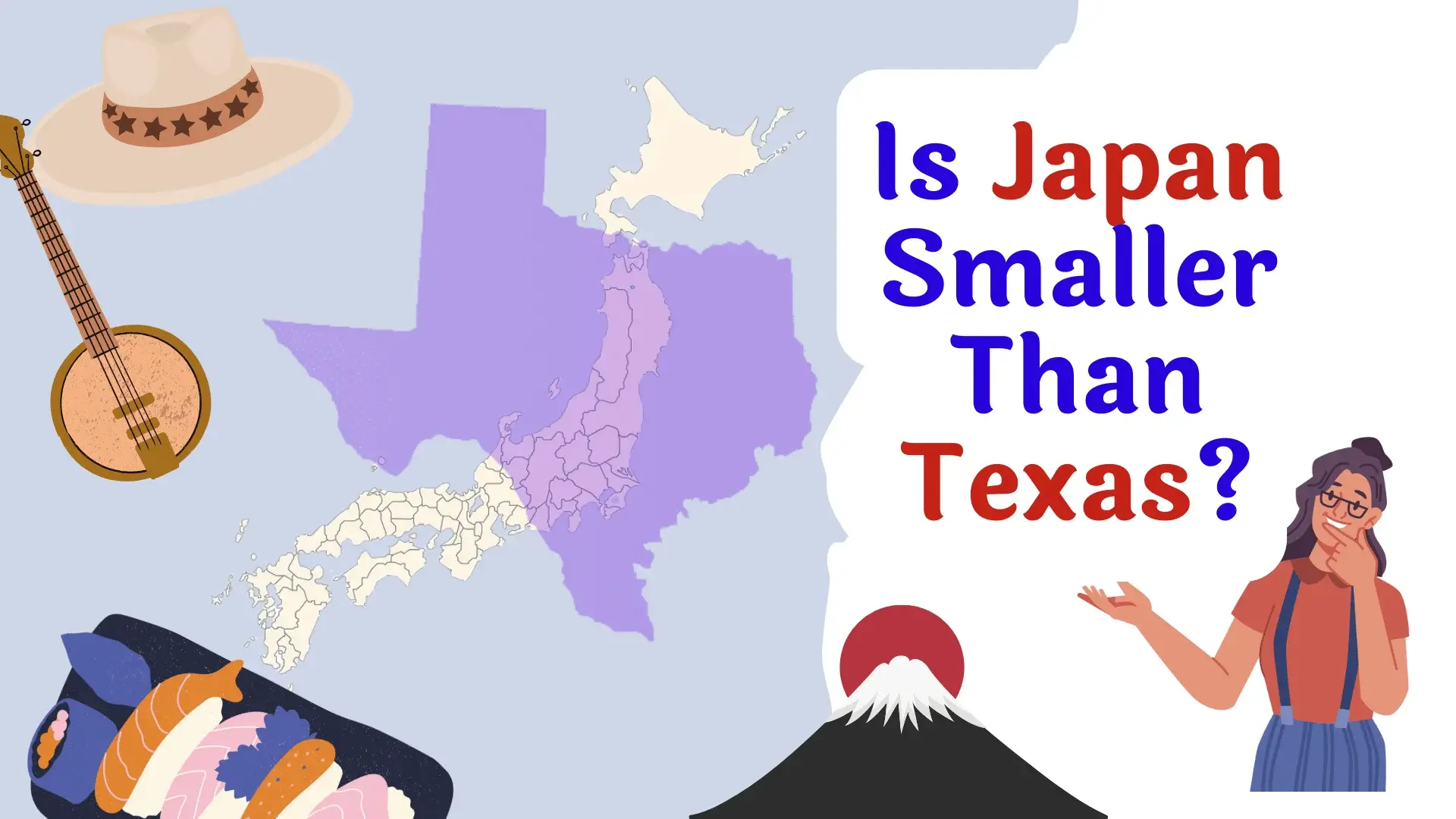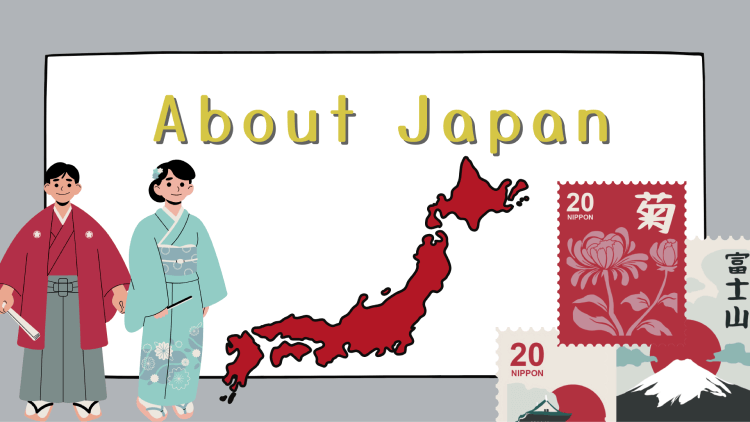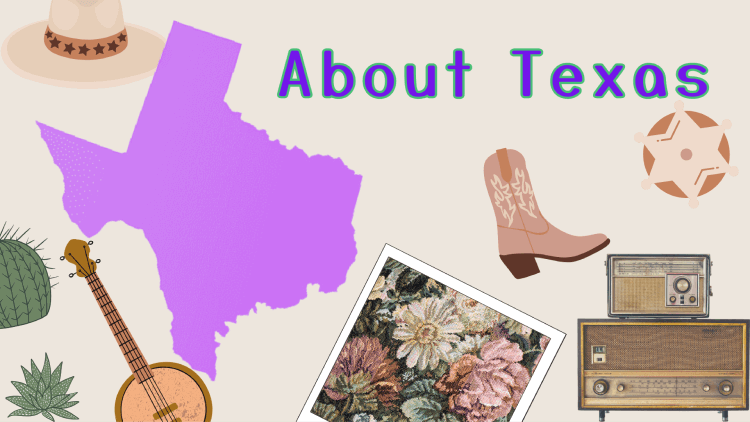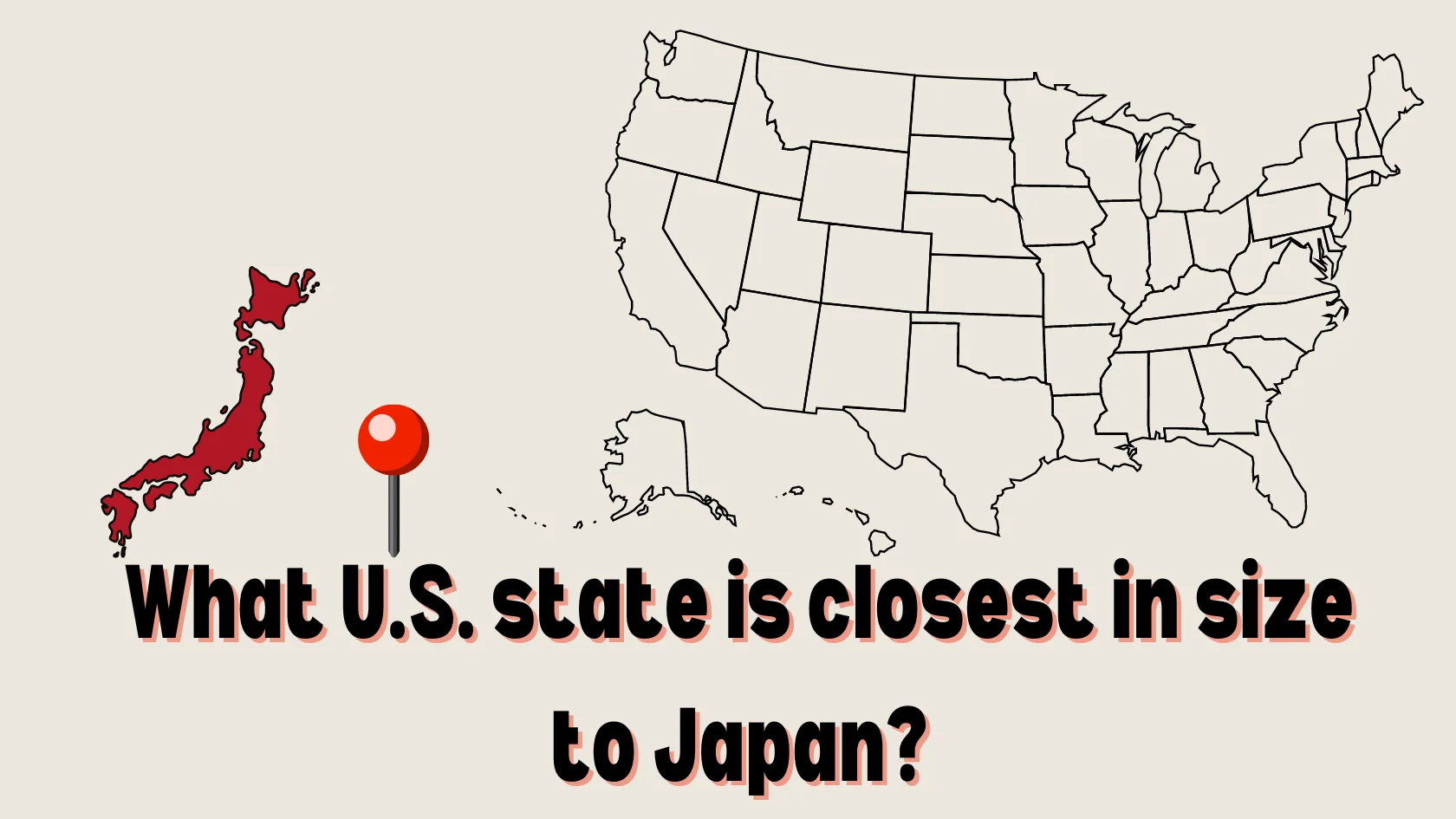Among the many things people may wonder about when it comes to Japan and Texas, one perhaps unexpected question is which is larger.
Here, we'll break down the geographical and demographic differences between the two, and take a look at how the country of Japan stacks up to Texas – the U.S.'s second-largest state, a highly industrialized and successful part of the country, and in its own right one that is well known for its sweeping size and scope.
If you plan to go to Japan, consider bringing an iRoamly Japan travel eSIM to stay connected, whether you’re navigating its bustling cities or sharing your discoveries online.

Is Japan Larger than Texas?
Answer:
No, Japan is not larger than Texas. Japan has a total area of approximately 377,975 square kilometers, while Texas boasts an area of around 695,662 square kilometers. This should give you your first indication of just how much sheer, empty space is owned by Texas – as well as how packed in, yet still expansive, Japan is. For more context, exploring some fun facts about Japan reveals just how diverse and unique the country is beyond its size comparison with Texas.
Data Compare:
Japan: 377,975 square kilometers
Texas: 695,662 square kilometers
It's almost precisely between one and two Texases, driving home just how vast the Lone Star State is.
Geographical Profile and Population Comparison
About Japan:

Geographical:
An island nation situated in East Asia, Japan is made up of four main islands—Honshu, Hokkaido, Kyushu, and Shikoku—as well as thousands of smaller islands of Japan. The result is a country with a far greater total coastline than land area, with a mixture of mountainous terrain, coastal expanses, and crowded cities. The majority of Japan is mountainous, helping to explain why its population is so coastal and urbanized, in sharp contrast to Texas.
Population:
An estimated 125 million people live in Japan, where geographical factors such as its mountains and lack of arable land have pushed the population to concentrate heavily in urban centers and their surrounding areas.
About Texas:

Geographical:
The southernmost of the contiguous United States, Texas shares borders with Mexico, and the U.S. states of New Mexico, Oklahoma, Arkansas, and Louisiana. The state is diverse, featuring deserts, prairies, forests, and a Gulf coastline, and its size allows for everything from arid desolation in the west to swampy wetlands in the east.
Population:
With a population of roughly 29 million, Texans are more spread out across the state, living in large urban centers or the vast stretches of rural land in between, taking advantage of the state's available land and economic opportunities.
Population (Comparison):
Japan's population is approximately 4.31 times that of Texas, and the difference in land use and urbanization between the two territories is evident.
FAQ
What U.S. state is closest in size to Japan?

California, which is around 12% larger than Japan.
What country is smaller than Texas?
France and Germany are both smaller than Texas, with land areas roughly 70% the size of the entire state.
What is smaller, Alaska or Japan?
Alaska is substantially larger, with an area 4.56 times that of Japan.
Is Japan or France smaller than Texas?
Yes, Japan and France combine for less territory than Texas, with Japan scoring around 54% of Texas' size and France around 65%.
Conclusion
Comparing Japan and Texas also reveals a lot about how geophysical size and population density shape a nation's culture and infrastructure.
While Texas largely benefits from having a lot of space and a diverse landscape, Japan's closer, smaller, more mountainous land has been an incubator for a dense, quite efficient civilization. Not only is it an exercise in the literal measuring of girth, but a reminder of how much regions differ when dealing with environmental and geographical oppression.
With this knowledge in mind, whether as a tourist or simply as an armchair intellectual, you can better appreciate the ways Japan and Texas really are different.
